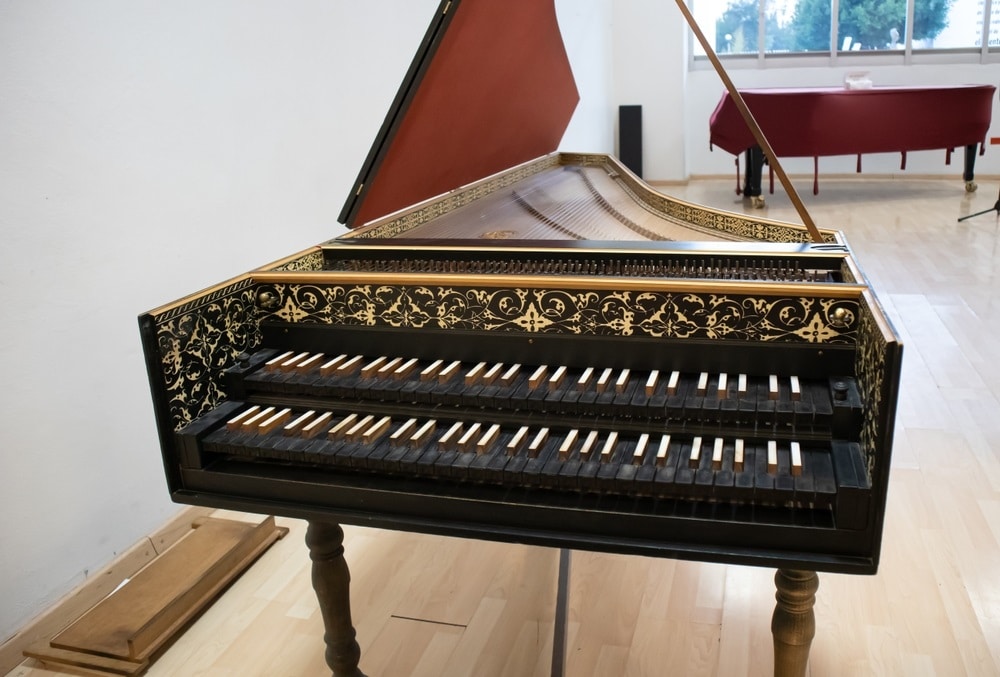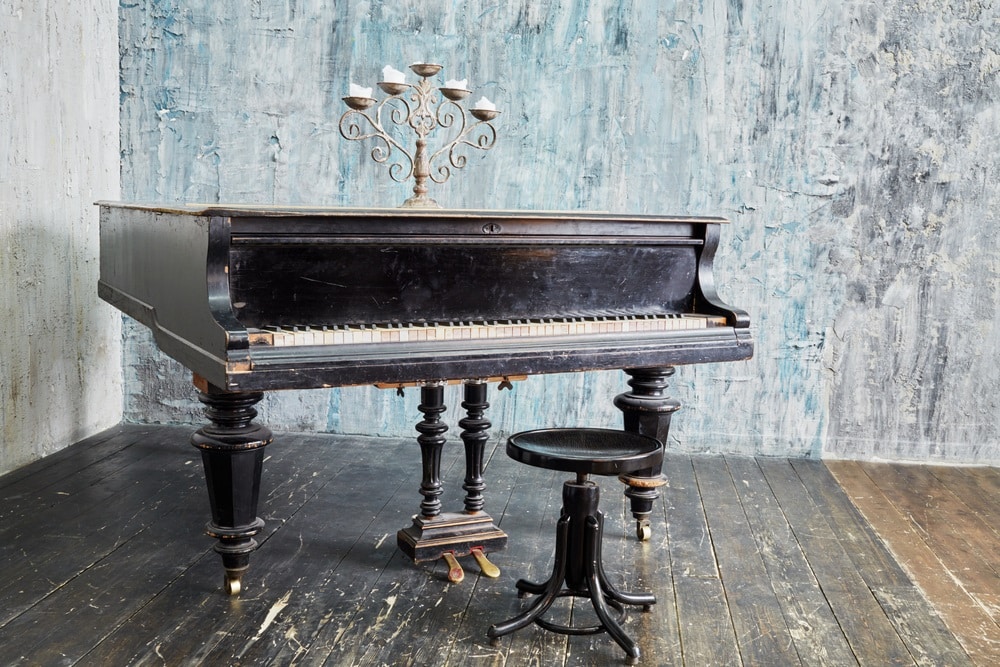
Tracing the evolution of any instrument is rewarding, informative, and enlightening. It may be particularly so if you have ever played or are interested in learning to play this instrument. Of all the many instruments that often spark an early interest in budding musicians, the piano seems to often be the go-to favorite.
It may be because in so many households a piano sits quietly in a space in a room in the house or apartment waiting to be played. Natural curiosity, especially in children, draws them to explore what this 88-toothed beast can do, and before long they are the best of creative friends.
The Piano today comes in many forms that would be highly unfamiliar to its creator Bartolomeo Cristofori. Whilst he would spot the upright piano and recognize the concert grand, the electronic pianos, and all their variations, may come as a surprise. Cristofori might also be impressed by the sound of the modern piano compared to his earlier models, but equally, I would hope he would be inspired to know just how far his original idea has progressed.
The Evolution of the Piano
The Harpsichords
Harpsichords are amongst the first keyboards to fully establish themselves in Western Classical Music. Their precise origin is uncertain but like most instruments, they are probably the natural evolution from earlier, similar instrumental forms.
Dating back to the mid-16th Century, the harpsichord was an instrument with a range of around four or five octaves. They were often beautifully crafted and intricately decorated. Many have survived until today as fine examples of instruments of the time.
Harpsichords, spinets, and virginals all produced their sound in similar ways. In many ways, the idea of plucking a string to create a sound makes perfect sense. Consider the guitar or the Japanese Koto. It follows then that keyboard designers and inventors would adopt an established method of sound production when making the keyboard instruments of the 16th century.
What happens inside a harpsichord, for example, is the metal string is plucked when the keyboard key is pressed. This in turn moves a piece of wood inside the instrument that has a plectrum, a small triangular piece of metal, or even a quill that then plucks the string. It creates a distinctive sound but limits the dynamic control the performer has when using the instrument.
It was this limitation that ended up causing the demise of the harpsichord and that particular generation of keyboard instruments. Even though allegedly, JS Bach was less than impressed with the early example of the Fortepiano, had he played later versions, he may have accepted it as the way forward for composers. I think this is especially true as JS Bach’s music was all about self-expression as well as the glory of God.
Baroque To Classical Era
As the Baroque Era merged into the Classical Era, the nature of keyboards began to dramatically alter. The harpsichord had not left the stage even during WA Mozart and Joseph Haydn’s time. It wasn’t until the latter half of the 18th Century that the astonishing invention of Bartolomeo Cristofori secured its place in history.
It is quite remarkable to think that even though we often hear Classical music performed on modern pianos, much of the work of WA Mozart, for example, was not composed for that instrument. It wasn’t until around 1785 that he specifically performed and composed for the piano.
Where Cristofori hit the proverbial jackpot was in his design of a completely new method of creating sound. The intricacies of the mechanisms are a topic for another article, but essentially, Cristofori invented a system by which the strings of the piano were hit by hammers as opposed to plucked by a metal plectrum.
This new invention meant that there were a plethora of tonal possibilities now available to the performer. The sound of Cristofori’s piano wasn’t a particularly strident one but it opened the doors of possibility that directly resulted in the instruments we enjoy playing and listening to now.
Early pianos were limited in range
Most were between four and five octaves. Joseph Haydn’s Longman and Broderip Piano, which he shipped back to Vienna from London in 1795 was only five and a half octaves in range but certainly resembles the look of a more contemporary piano. Equally, the strings Cristofori used were different from today.
His piano incorporated only two strings for the mid/upper notes whereas today three are commonly used. This enriched the sonority of the instrument giving the piano quite a different sound from that of the earlier pianos. Before long the piano would be able to hold its ground against a Classical Orchestra in a concerto setting.
Pedals were a later addition to the piano
Instead many of these 18th-century pianos used a quite complex lever system to bring a greater degree of control to the performer although later Cristofori pianos included an una corda lever operated by the performer’s knee. It wasn’t until the mid-19th century that we discovered the inclusion of a workable, effective pedal system. Claude Montal, a Parisian, is credited with this important invention.
The pedaling system Montal created allowed for individual notes to be sustained rather than releasing the sound of the entire instrument. This would have offered a whole gamut of new performing opportunities that revolutionized the sound of the piano and how composers approached writing for the instrument. To a certain extent, this is directly indicated in the later piano works of composers such as Beethoven.
As the mechanics of the instrument pushed forward with Steinway patenting the design of the soft pedal in the mid-19th century, so too did the overall design. The early two-string design was replaced with the three-string configuration we see today.
The Evolution Continues
Cast-iron frames became a standard and the overall construction of the instrument was considerably enhanced, becoming stronger and more durable. Alongside these developments, the range of the piano significantly expanded. From the modest five octaves of the 18th century, the pianos played by composers such as Liszt and Chopin were close to, if not exactly the same as contemporary instruments.
Pianos became increasingly popular during the 19th century and into the 20th century. Instruments were more affordable in upright or compact versions. Even the cheaper models were relatively reliable, with a reasonable action and tone.
As more manufacturers invested time and energy into developing the piano, competition rose leading to ever higher standards of manufacturing. Household names like Bosendorfer, Steinway, Bluthner, Yamaha, and Kawai have established themselves as leading makers of the modern piano and in some cases, their electronic counterparts.
Surrounded By Choice
Today, there are so many options available if you’re looking to buy a piano. Each manufacturer has produced instruments of a quality that Cristofori could only dream of as technology and research have presented their opportunities. The harpsichord is not dead either.
Should you wish to invest in one of these parts of musical history, these fine instruments are also manufactured by many highly regarded companies.

